
Find Haunted Houses near you using our online haunt finder directory. We help you find haunted houses by city, state, or zip code. Hauntworld has reviewed more than 200 haunted houses across America and Canada.
Hauntworld features over 7,500 different haunted attractions near you, including haunted houses, hayrides, corn mazes, pumpkin patches, escape rooms, ghost tours, real haunted houses, and Halloween attractions. Hauntworld also reviews and rates the scariest haunted houses with our annual Hauntworld Top 13 Haunts.
FIND HAUNTWORLD HERE

Everyone loves the Spirit Halloween stores. Here's where to find one near you! Go HERE

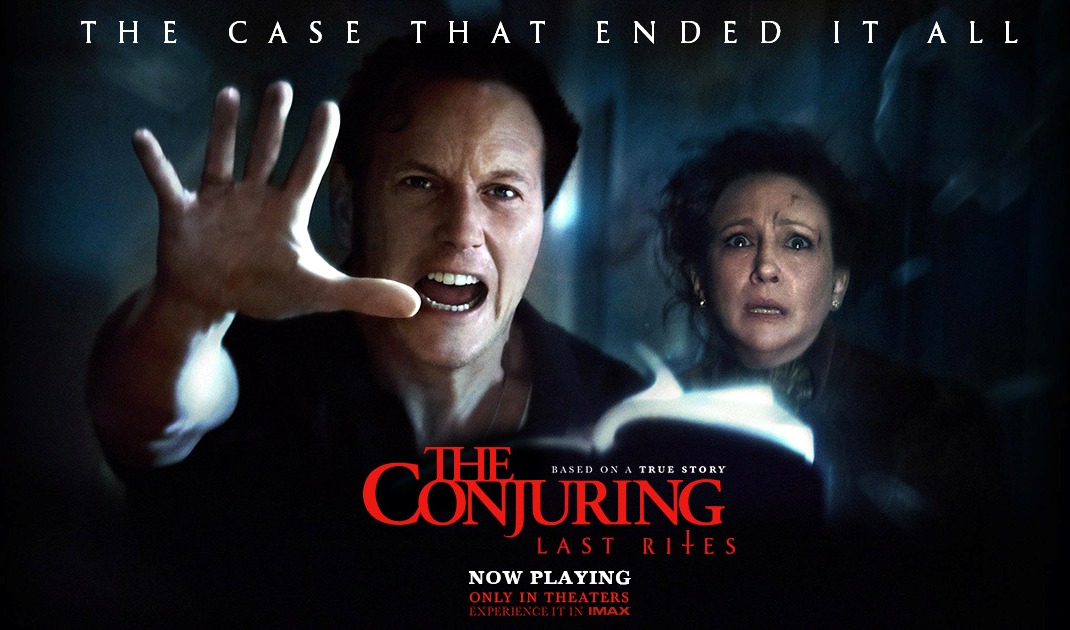
‘Conjuring Universe’ – The Timeline, Where to Stream Them, Our Ranking & What’s the Deal With La Llorona?
by John Squires
It was back in 2013 that James Wan unleashed The Conjuring, but not even Wan himself could’ve predicted at the time just how popular the film would become. That original movie, based on the real-life case files of Ed and Lorraine Warren, scared up $320 million at the worldwide box office, making it clear that Wan had just launched yet another hit franchise.
But again, not even Wan could’ve predicted that The Conjuring Universe would end up becoming the highest grossing franchise in the history of horror cinema. Or that The Conjuring: Last Rites, the ninth installment in the saga and the fourth (and allegedly final) in the mainline series, would debut with the highest global opening weekend for any horror movie in history.
With an HBO Max television series in development, it would seem that the sky truly is the limit for this particular franchise universe. And with Patrick Wilson and Vera Farmiga’s Ed and Lorraine Warren as the supernatural superheroes at the center of it all, it doesn’t seem out of line to call The Conjuring Universe horror’s answer to the Marvel Cinematic Universe.
To that point, The Conjuring: Last Rites is essentially the universe’s Endgame, effectively wrapping up the Ed and Lorraine saga and (seemingly) passing the torch to a new generation.
But let’s back up for a second. How did we get here? Long story short, James Wan’s original The Conjuring movie back in 2013 introduced Ed and Lorraine Warren and cracked open their case files on a terrifying note, with spinoff movie Annabelle arriving in its wake just one year later. From there, Wan returned to the director’s chair in 2016 to make The Conjuring 2, which would end up being the final movie in the universe actually directed by Wan.
The Annabelle spinoff movie got its own sequel with Annabelle: Creation in 2017, while the popularity of the Wan-created character Valak the Demonic Nun from The Conjuring 2 would get her own spinoff movie in 2018, simply titled The Nun. At the time, The Nun was the highest grossing film in the entire universe, a throne now occupied by The Conjuring: Last Rites.
Following The Nun, Annabelle returned in sequel Annabelle Comes Home, the first spinoff to heavily feature Ed and Lorraine Warren. That film set the stage for their return in earnest with The Conjuring: The Devil Made Me Do It in 2021, a lackluster installment that nevertheless introduced a new franchise shepherd into the mix: director Michael Chaves.
Chaves also directed sequel The Nun II in 2023 and then this year’s The Conjuring: Last Rites, wherein he finally perfected the art of making, well, a James Wan movie. He also ensured that The Conjuring Universe will live on for many years to come, as the box office receipts for Last Rites already make it clear that this franchise hasn’t yet fatigued general audiences.
Oh right, The Curse of La Llorona. Released in 2019, that film was kinda-sorta the actual introduction of director Michael Chaves to The Conjuring Universe, but Warner Bros. doesn’t actually acknowledge the film as being part of the universe. Rather, its connections to the Conjuring Universe have been retroactively chalked up to little more than fun Easter Eggs.
“You can’t count it!” says producer Peter Safran. “It periodically gets lumped in because of Chaves and Atomic Monster, but it is not officially part of the universe. By the way, I think Chaves did a great job on the movie, which is why we stole him for the Conjuring universe.”
In any event, for the purposes of this article – and for our ranking of every single installment in The Conjuring Universe – we’re going to include it. Sorry, Peter Safran. We have to.
So where can you stream all NINE movies in The Conjuring Universe, while you wait to revisit The Conjuring: Last Rites when it eventually debuts at home? The Conjuring, Annabelle, The Conjuring 2, Annabelle: Creation, The Nun, Annabelle Comes Home, The Curse of La Llorona, The Conjuring: The Devil Made Me Do It, and The Nun II are all streaming on HBO Max!
And here’s the proper timeline if you’d like to stream them in chronological order…
- The Nun – 1952
- The Nun II – 1956
- Annabelle: Creation – 1958
- Annabelle – 1970
- The Conjuring – 1971
- Annabelle Comes Home – 1972
- The Curse of La Llorona – 1973
- The Conjuring 2 – 1977
- The Conjuring: The Devil Made Me Do It – 1981
- The Conjuring: Last Rites – 1986
SEE THE HORROR ZINE'S COMPLETE PAGE OF THE CONJURING: WHAT WAS REAL AND WHAT WASN'T IN THE ORIGINAL MOVE?
AND ALSO A LIST OF WHO REALLY LIVED IN THE ACTUAL CONJURING HOUSE THROUGH THE YEARS (INCLUDING BATHSHEBA)!
GO HERE
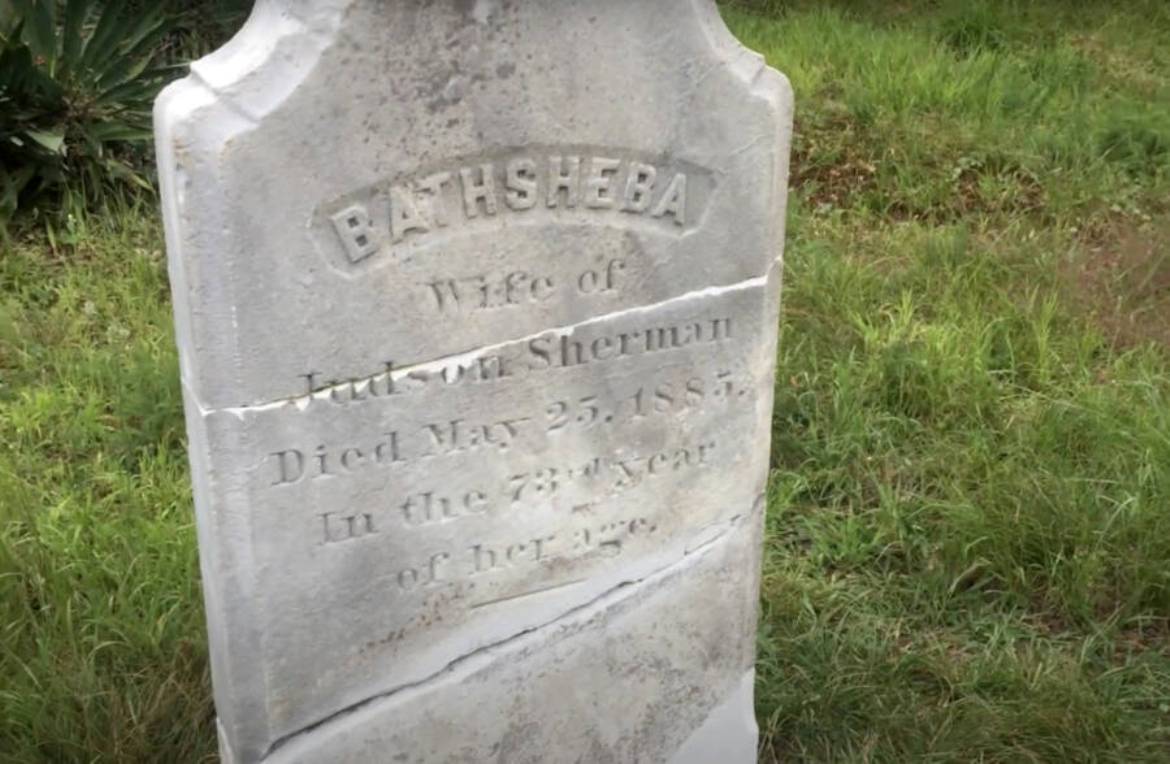
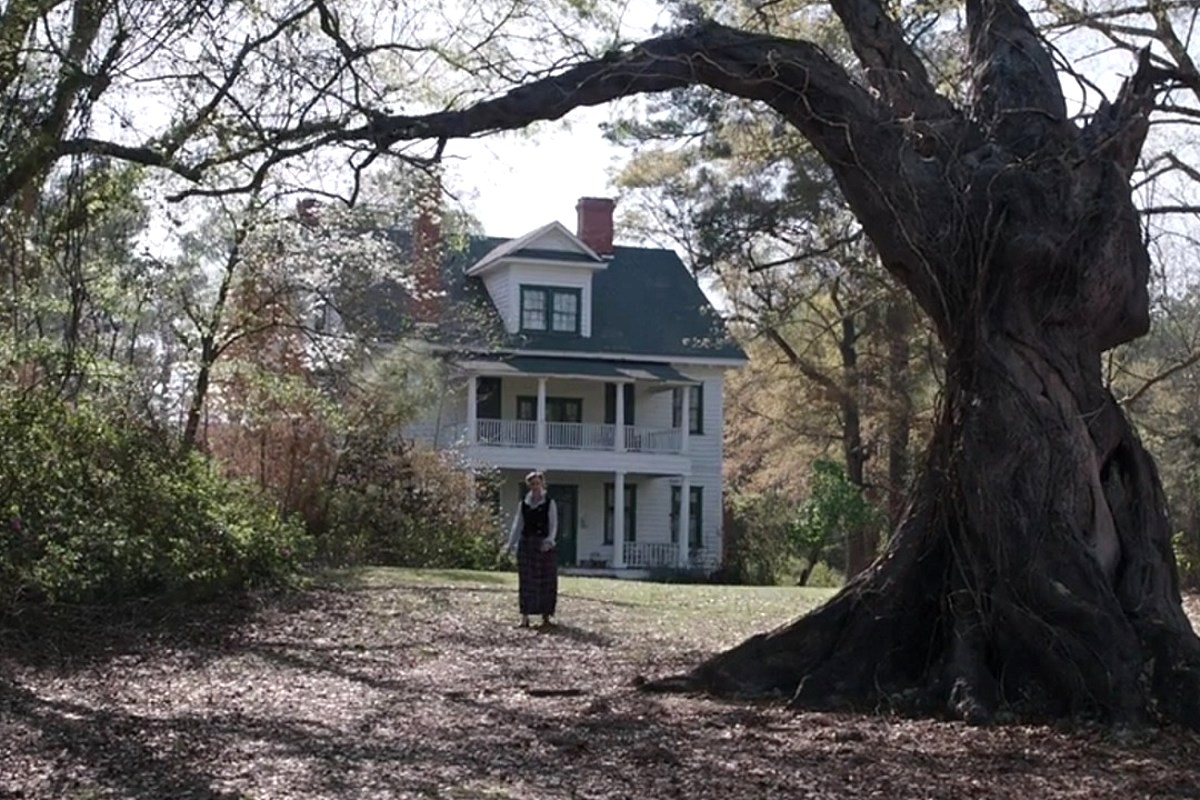

Jeani Rector queried folks on facebook (probably you!) to ask what their favorite horror movies of all time were. Below are the top 20 picks, in order according to the amount of votes they each received.
Also listed is trivia about each film.
The number ONE movie chosen by the most votes
THE THING (1982)

John Carpenter's The Thing didn’t go over well when it was released in 1982. Ignored by movie-goers, it was a box office failure. Reviled by critics, it even saw Carpenter being labeled a pornographer of violence by some reviewers. It was such a disappointment for the studio, they took another project away from Carpenter as punishment. But it gradually found its audience, building up a cult following. And soon, a legion of fans and critics alike began calling it one of the greatest horror movies ever made. It didn’t take long for The Thing to go from being known as reprehensible trash to being considered an all-time classic.
Actor Kurt Russell would take drags off of cigarettes to make his breath visible as though he were in cold temperatures. It has become a tradition in British Antarctic research stations to watch The Thing as part of their Midwinter feast and celebration held every June 21.
TWO
HALLOWEEN (1978)
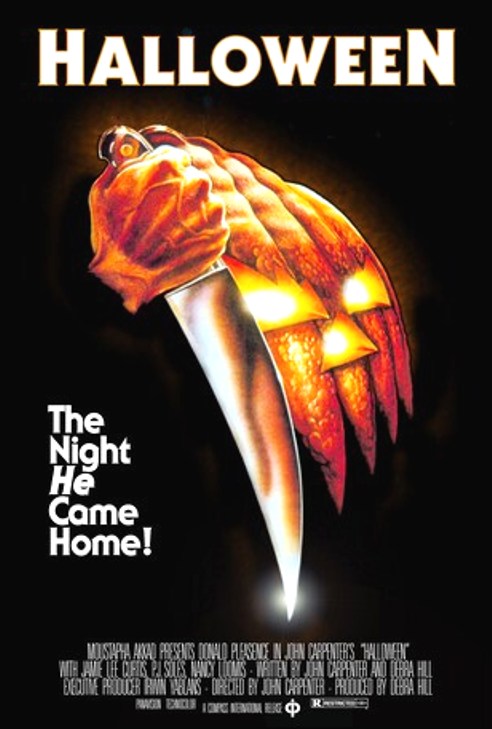
The 1978 horror film Halloween was not an immediate success, but it eventually became one of the most successful independent films of all time. The movie, directed by John Carpenter and shot in Southern California on a budget of $325,000, had disappointing sales numbers during its first weekend. However, word of mouth helped the film gain popularity, with audiences telling their friends to see it. By the following weekend, sales had doubled, then tripled, and eventually increased tenfold.
Because of the film's tight budget, the production designer Tommy Lee Wallace had to use whatever he had at his disposal, or had to buy materials cheaply. When he created the Michael Myers mask, he made two versions. The first was an Emmett Kelly smiling clown mask that they put frizzy red hair on. They tested it out but it didn't achieve the desired effect. The other mask was a 1975 Captain James T. Kirk mask that was purchased in a costume shop on Hollywood Boulevard for $1.98. It had the eyebrows and sideburns ripped off, the face was painted bluish white, the hair was spray painted brown, and the eyes were opened up more. After testing out the mask, the crew decided that it was much more creepy because it was emotionless.
THREE
JAWS (1975)
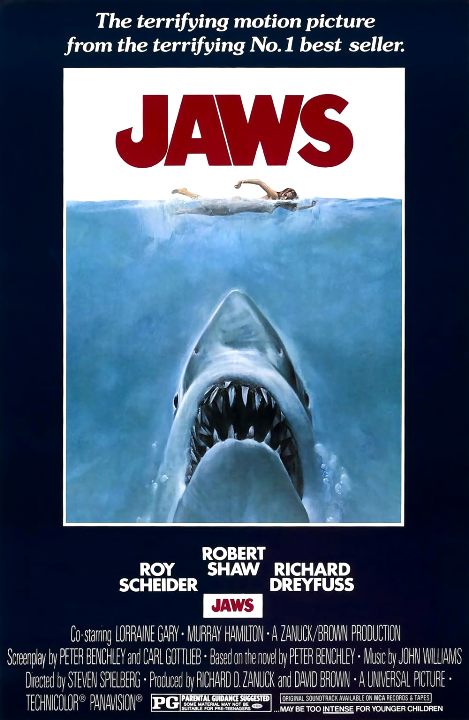
Jaws, the American suspense and horror film of 1975, was directed by Steven Spielberg and is considered the first summer blockbuster ever due to the fact that over 67 million people in the USA went to see this film when it was first released. Based on the 1974 novel of the same name by author Peter Benchley, the film not only broke box office records at the time of its release, but also changed the way Hollywood marketed and distributed films, especially those released during the summer.
Peter Benchley himself can be seen in a cameo in the film as the news reporter who addresses the camera on the beach. Benchley had previously worked as a news reporter for The Washington Post before penning Jaws. Steven Spielberg also makes a cameo in the movie: His voice is the Amity Island dispatcher who calls Quint’s boat, the Orca, with Sheriff Brody’s wife on the line.
FOUR
THE LOST BOYS (1987)
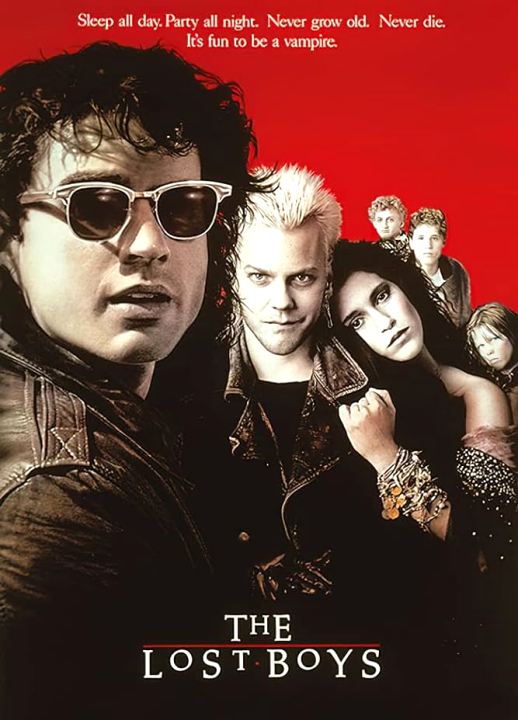
As filming began, the comedic points in the movie were made up on the spot. The comedy confused Warner Brothers, and they would ask Joel Schumacher (the director) if he were making a horror film or a comedy. He responded with “yes” every time. The executives seemed confused about the combination of those two genres, and weren’t sure that a horror-comedy would work. The city of Santa Cruz, California, did not want to be connected to the crime that happens in the movie, so they asked the production to change the name of the town in the film. So the movie takes place in the fictional city of Santa Carla.
See movie trivia about The Lost Boys HERE
FIVE
ALIEN (1979)
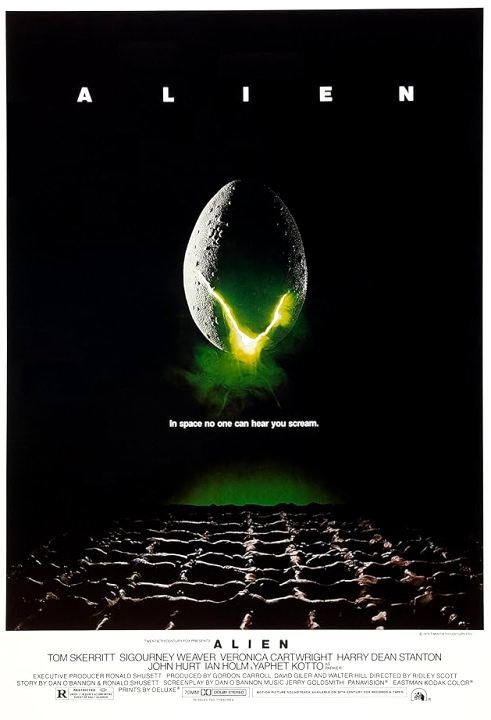
Certainly the character of Ripley, played by Sigouney Weaver, would have appealed to readers in the Golden Age of Science Fiction. She has little interest in her employer's orders that it be brought back home as a potential weapon. After she sees what it can do, her response to Special Order 24 (Return alien lifeform, all other priorities rescinded) is: "How do we kill it?"
The blue laser lights that were used in the alien ship's egg chamber were borrowed from the rock band The Who. The band was testing out the lasers for their stage show in the soundstage next door.
SIX
HELLRAISER (1987)
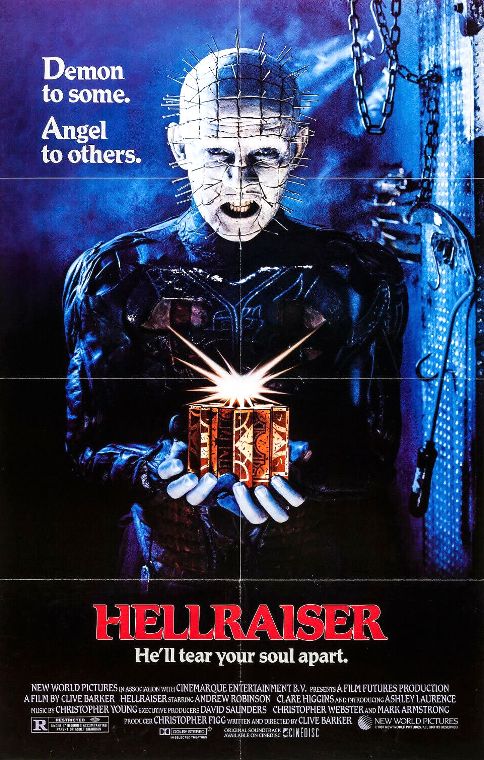
Based on the Clive Barker book titled The Hellbound Heart, Hellraiser was an orignal film in an era of cliches. Famous critic Roger Ebert panned it HERE, but moviegoers loved it. The movie was originally going to be called Sadomasochists from Beyond the Grave or Hellbound, but producer Christopher Figg suggested Hellraiser instead.
Since the movie was filmed in England, there was a law that stated that cockroaches of both sexes were not to be allowed on movie sets because they could cause an infestation. So, Barker decided to hire someone who could manage the cockroaches. He explained, “They were all male. And we had a fridge…we chilled the maggots and the roaches.”
SEVEN
THE FLY (1986)
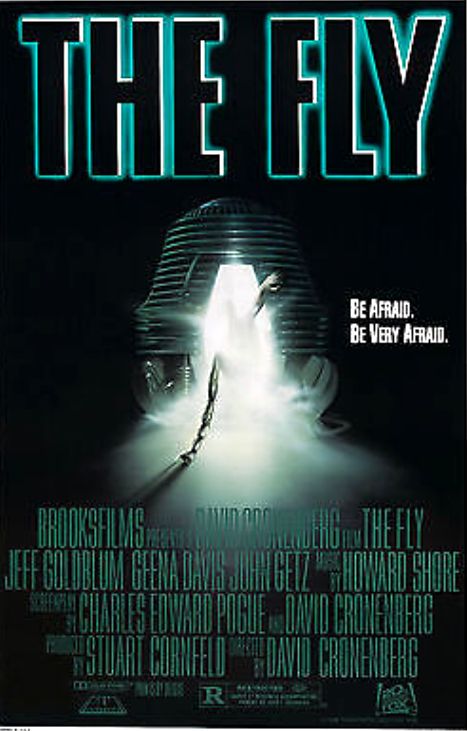
Directed by David Cronenberg and starring Jeff Goldblum early in his career, the movie is about a scientist who accidentally merges with a fly during a teleportation experiment. Although most people prefer the 1986 version because of the lead character's charm and also because the film has great heart and soul, there can't help be some comparisons to the original 1958 version.
The first The Fly (1958) was a film that surprised even its producers. They knew the original story was a little silly and expected only a modest return on the film from a mostly young audience. Even the film’s name stars, Vincent Price and Herbert Marshall, could not take The Fly seriously. The audience, on the other hand, found that there was much to respond to in the film. The Fly cost $350,000 in 1958 dollars and only took 18 days to make, yet it grossed $3,000,000 (also in 1958 dollars), considerably outstripping any expectation at the time.
EIGHT
THE HAUNTING (1963)

The 1963 horror film The Haunting had a budget of $1.05 million in 1958 dollars but only made $1.02 million at the box office. The film was shot at MGM-British Studios near London, with exteriors filmed at Ettington Park in Warwickshire. It was based upon Shirley Jackson's famous book The Haunting of Hill House.
At the time it was released, The Haunting was considered to be a flop because it originally lost money. But over the years, it became a classic because of word of mouth and because of TV showings. There were some clever uses of lensing effects to heighten the strangeness of Hill House. By adjusting the props in the sets so that they are off by a few degrees, it helped to unsettle the viewer.
NINE
FRANKENSTEIN (1931)
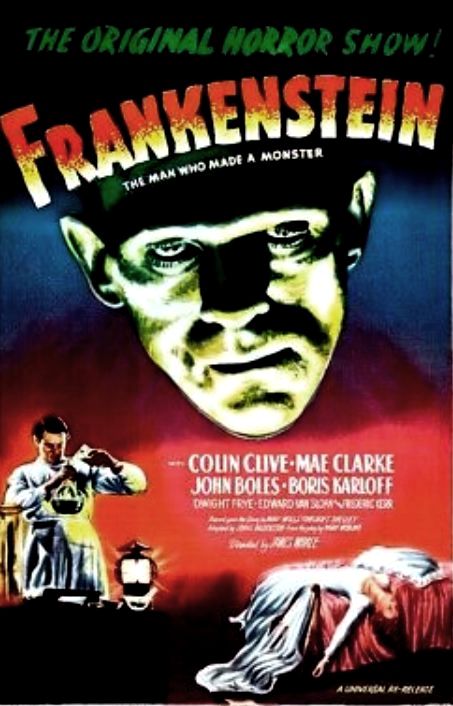
Frankenstein is a Pre-Code film. Pre-Code movies are American films produced between the late 1920s and mid-1934, before the Motion Picture Production Code (Hays Code) censorship guidelines were strictly enforced. The term "pre-Code" is a misnomer because the Hays Code was adopted in 1930, but Hollywood filmmakers often ignored it, and oversight was poor until July 1, 1934. Before then, local laws, negotiations between studios, and popular opinion had more influence on movie content.
Universal Pictures exists today because of the monster movies. In 1930, Universal lost $2.2 million in revenues (over $36 million adjusted for inflation). Then, in February 1931, Dracula was released and made $700,000 (1931 dollars) in sales. It was clear to Universal producer Carl Laemmle Jr. that horror movies were what the public wanted. By November of that same year, Frankenstein was released. Bela Lugosi, who had shot to stardom at the studio following Dracula, assumed he would be playing the Monster. However, makeup tests showed the actor didn’t have the right look. Instead, the studio went with English actor Boris Karloff, and the rest is history.
TEN
28 DAYS LATER (2002 UK, 2003 USA)

28 Days Later took the traditional zombie movie horror formula and gave it a fresh coat of paint by changing the location, the tone, and of course, the monster in question. To properly give the feeling of a dead Britain shrouded in chaos, the filmmakers had to be careful with how and when they shot. Shots on the M1 motorway were done early in the morning between 7 and 9 AM under police guidance.
A real hospital was used for the filming to create a sense of authenticity. The hospital in question was open during the week but shut on weekends which allowed Danny Boyle and his crew to rent the space for shooting when nobody was around.
An extra benefit of this arrangement was that rental fees went directly towards the hospital's trust fund, representing one of the best kinds of business transactions one could wish for. Nothing like shooting a bloody horror movie and having a portion of the budget go towards a good cause.
See more HERE
ELEVEN
NIGHT OF THE LIVING DEAD (1968)
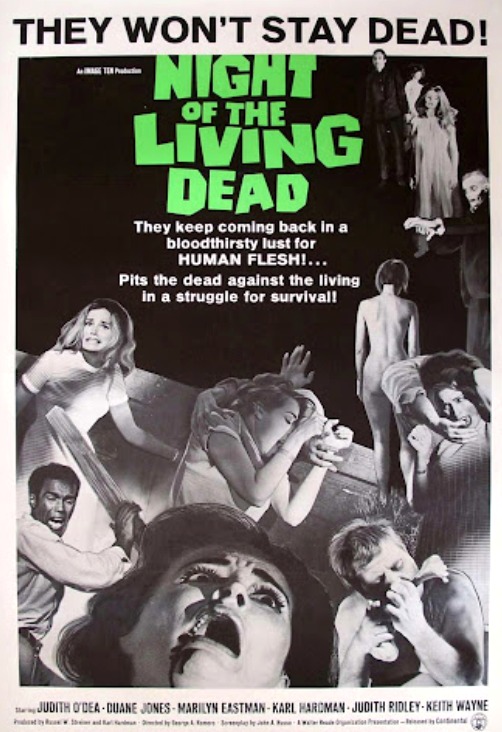
Written by George Romero and John Russo, Night of the Living Dead only had a $114,000 budget. It changed the movie world of how zombies were portrayed by using dissociation. Since the film was shot in black and white and had a really low budget, the crew never had to worry what color the blood was, so chocolate syrup was used. For the scene in which Karen Cooper (Kyra Schon) begins eating her father’s corpse, the crew’s leftover lunch was employed.
Both Romero and Russo played cameos in the film. Russo played one of the ghouls who managed to reach into the farmhouse only to be struck with a tire iron, while Romero can be seen in the Washington D.C. sequences as a reporter.
TWELVE
THE SHINING (1980)

Directed by Stanley Kubrick, it is widely known that this movie is not loved by its creator, Stephen King. But not many know why. According to David Hughes, one of Kubrick’s biographers, Stephen King wrote an entire draft of a screenplay for The Shining. However, Kubrick didn’t even deem it worth a glance, which sort of makes sense when you consider that the director once described King’s writing as “weak.” Instead, Kubrick worked with Diane Johnson on the screenplay because he was a fan of her book, The Shadow Knows. The two ended up spending eleven weeks working on the script and ignoring King's version.
THIRTEEN
PHANTASM (1979)
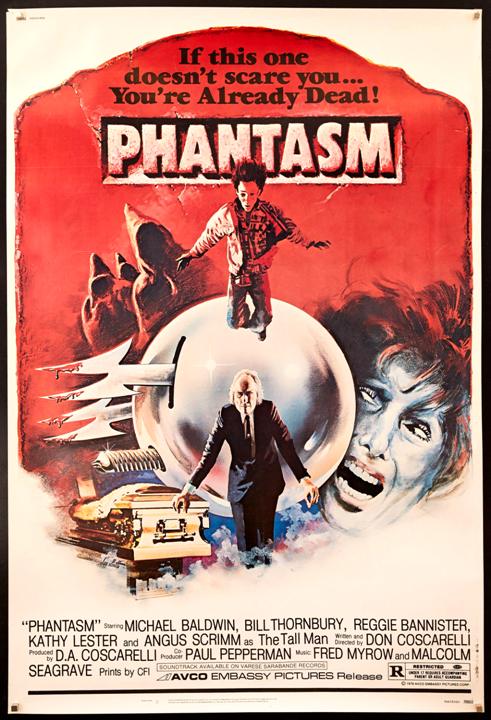
Phantasm (released as Never Dead in Australia) is a low-budget cult classic horror film produced in 1977 and released in 1979. The film was originally rated X by the MPAA because of the silver sphere sequence, and due to a scene involving a man urinating on the floor after going down dead. After Los Angeles Times film critic Charles Champlin made a telephone call in a favor to a friend on the board, the rating was changed from the (commercially non-viable) X-rating to R.
This movie was number 25 on the cable and streaming channel Bravo's list of the "100 Scariest Movie Moments."
FOURTEEN
THE EXORCIST (1973)
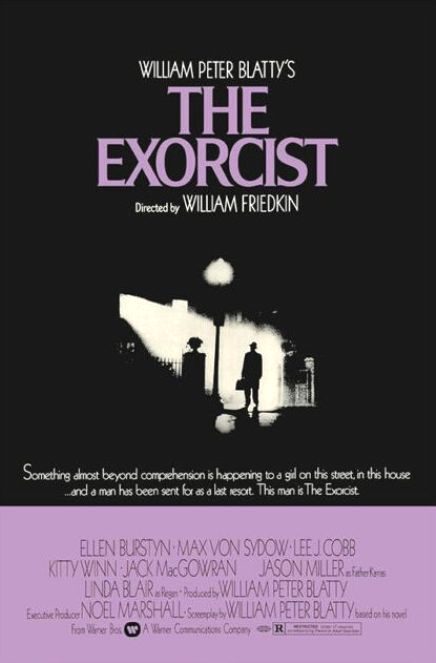
William Peter Blatty’s novel is supposedly based on the real-life 1949 exorcism of a young boy, known by the pseudonym Roland Doe. The story became national news, and caught the interest of Blatty, who was a student at Georgetown University at the time (hence the change in location). For the 1973 movie The Exorcist, the possessed child was changed to that of a girl.
Though it’s never stated in the film, the demon that takes possession of Regan MacNeil has a name: Pazuzu, which is taken from the name of the king of the demons in Assyrian and Babylonian mythology. Much of Regan’s moaning and grunting were created by remixing pig squeals. When the demon is finally exorcised from her body, the sound you hear is a group of pigs being led to slaughter.
FIFTEEN
CARNIVAL OF SOULS (1963)

Amateurish in many ways (the film does include some stilted performances, bad lip-synching, clunky editing and a few continuity errors), Carnival of Souls nevertheless continues to exert a strange fascination for many viewers. Not a conventional horror or ghost story, this film explores the psychological state of Mary Henry after a car accident as she emerges from the murky depths of a river.
Carnival of Souls was the only feature film to be directed by industrial and educational filmmaker Harold (Herk) Harvey. After completing Carnival of Souls, Harvey was to return to making industrial and educational films before retiring in the late 1980s (he died in 1996). Assembling a crew of just five – himself, cinematographer Maurice Prather, editor Dan Palmquist, assistant director Reza Badiyi, and production manager Larry Sneegas (all of them his buddies at Centron), Harvey managed to generate a budget of $33,000 after approaching local Kansas businessmen, who invested in packs of the production’s stock. He found his lead in the form of up-and-coming actress Candace Hilligoss, who turned down a role in Psychomania (1963) to star in Carnival Of Souls. “I was paid $2,000 for doing the film,” she later recalled. “At the time, it seemed like a fortune.”
SIXTEEN
TRAIN TO BUSAN (2016)
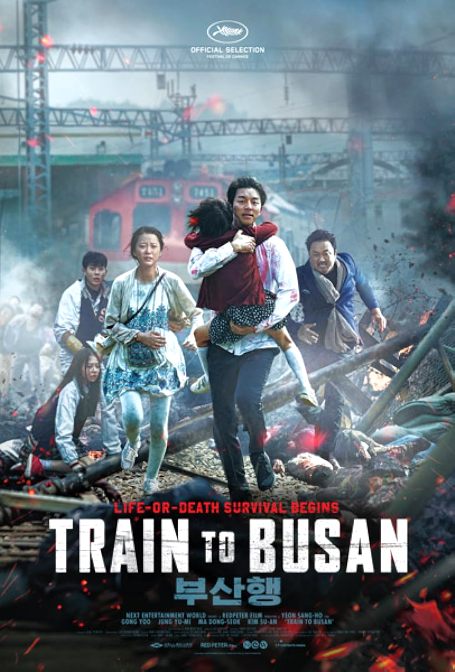
Roger Ebert called Train to Busan "a wildly fun action movie, beautifully paced and constructed, with just the right amount of character and horror. In many ways, it’s what World War Z should have been—a nightmarish vision of the end of the world, and a provocation to ask ourselves what it is that really makes us human in the first place."
Filming began in April 2015 and finished in August 2015, for a total of only four months. The movie is based on an original story created by Park Joo-suk. The film team tried to reference the movements of the zombies from the game 7 Days to Die, and also from the movies Ghost in the Shell and Silent Hill.
Train to Busan received a 94% rating from Rotten Tomatoes, and British filmmaker Edgar Wright, director of the zombie comedy Shaun of the Dead, highly applauded the film. He personally recommended it on Twitter and called it the "best zombie movie I've seen in forever."
SEVENTEEN
ROSEMARY'S BABY (1968)

This wildly entertaining nightmare, faithfully adapted from Ira Levin's best seller, stars Mia Farrow as a young mother-to-be who grows increasingly suspicious that her overfriendly elderly neighbors are in a pact with Satan. With a comparatively small budget of just $3.2 million (1968 dollars), Rosemary’s Baby grossed over $33 million worldwide upon its release, making it by far the most commercially successful of Polanski’s ‘Apartment Trilogy’ films.
According to Mia Farrow, the scenes where Rosemary walks in front of traffic were spontaneous and genuine. Director Roman Polanski is reported to have told her that "nobody will hit a pregnant woman." The scene was successfully shot with Farrow walking into real traffic and Polanski following, operating the hand-held camera since he was the only one willing to do it.
EIGHTEEN
RE-ANIMATOR (1985)
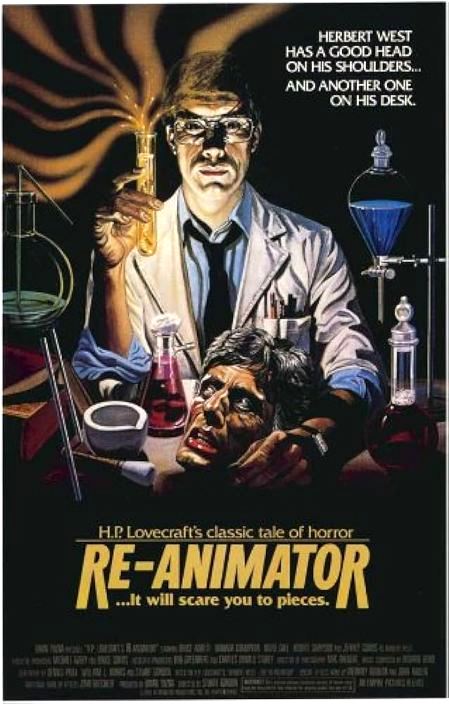
Re-Animator (also known as H. P. Lovecraft's Re-Animator) is a 1985 American comedy horror film that is loosely based upon the 1922 H.P Lovecraft serial novelette titled Herbert West: Reanimator. Originally devised by director Stuart Gordon as a theatrical stage production and later a half-hour television pilot, the television script was revised to become a feature film. Filmed in Hollywood, the film received an R Rating at the box office, but it garnered its largest audience through the unrated cut's release on home video.
The special effects department went through twenty-four gallons of fake blood during the shoot, and makeup effects artist John Naulin said that Re-Animator was the bloodiest film he had ever worked on. In the past, he had never used more than two gallons of blood on a film. The building used for the Miskatonic Medical School is the same one as the Cyberdine Headquarters in Terminator 2: Judgement Day.
NINETEEN
PSYCHO (1960)
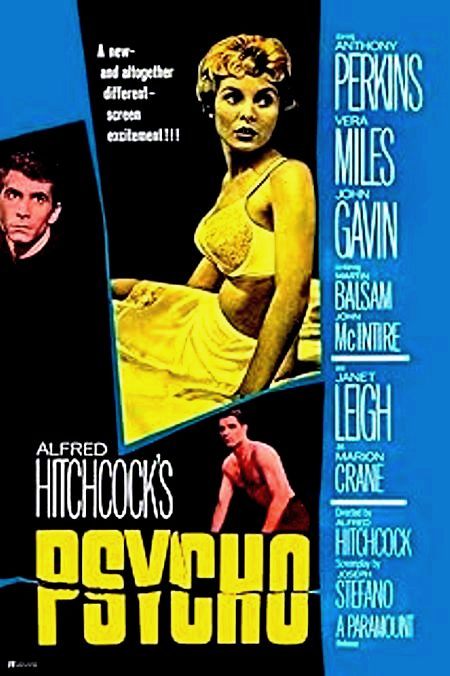
Psycho was seen as a departure from Hitchcock's previous film North by Northwest since it was filmed on a small budget in black-and-white by the crew of his then-television series Alfred Hitchcock Presents. Initially, the film divided critics due to its controversial subject matter, but audience interest and outstanding box-office returns prompted a major critical re-evaluation. Psycho was nominated for four Academy Awards, including Best Director for Alfred Hitchcock and Best Supporting Actress for Janet Leigh.
When the cast and crew began work on the first day, they had to raise their right hands and swear an oath not to divulge one word of the story. Hitchcock also withheld the ending part of the script from his cast until he needed to shoot it.
TWENTY
NOSFERATU (1922 Germany, 1929 USA)
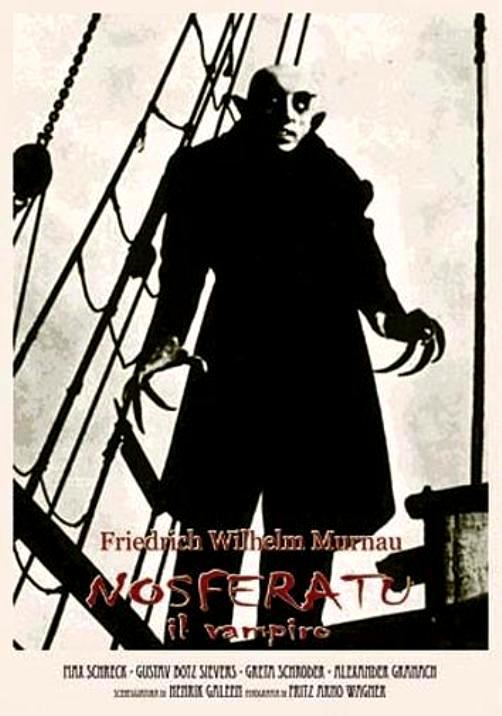
Nosferatu, also known as Nosferatu: A Symphony of Horror (German: Nosferatu – Eine Symphonie des Grauens) is a 1922 silent German Expressionist vampire film directed by F.W. Murnau and starring Max Schreck as Count Orlock. Even with several details altered, Bram Stoker's heirs sued over the adaptation, and a court ruling ordered all copies of the film to be destroyed. However, several prints of Nosferatu survived, and would resurface through second-generation reels. The movie was banned in Sweden due to excessive horror. The ban was finally lifted in 1972.
The vampire's unblinking stare was central to the unnerving effect the creature cause for audiences. Count Orlok is only seen blinking once on screen, near the end of Act One.
Today, the film is regarded as an influential masterpiece of early cinema and the horror genre, as reported by Deadline. That’s Friday the 13th.
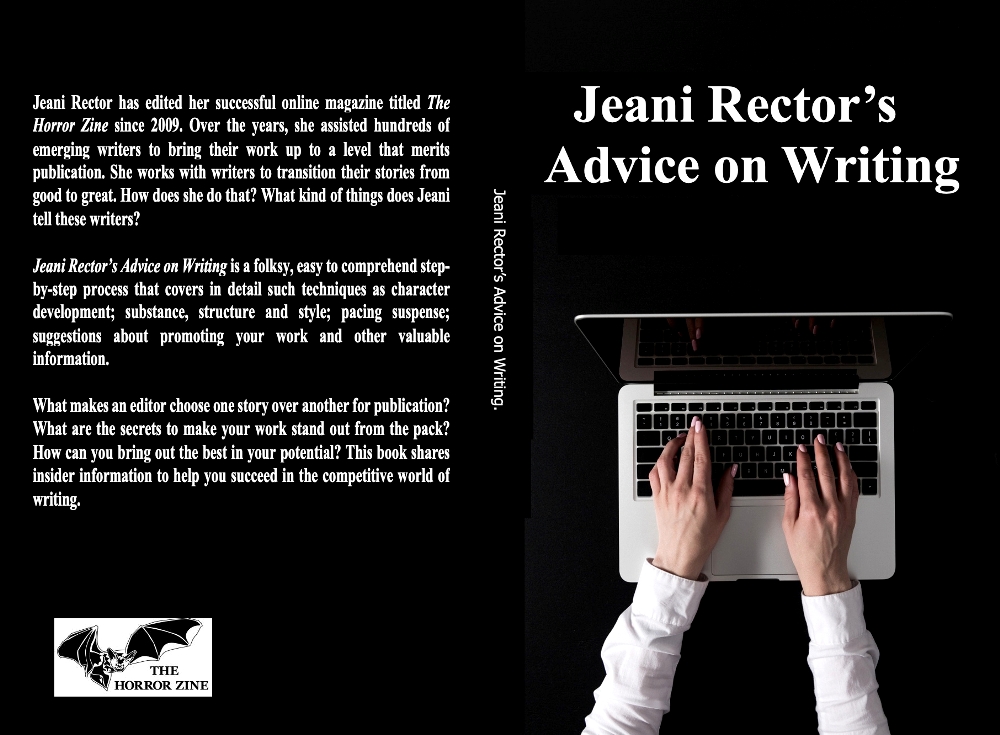
Jeani Rector’s Advice on Writing is a folksy, easy to comprehend step-by-step process that covers in detail such techniques as character development; substance, structure and style; pacing suspense; suggestions about promoting your work and other valuable information.
What makes an editor choose one story over another for publication? What are the secrets to make your work stand out from the pack? How can you bring out the best in your potential? This book shares insider information to help you succeed in the competitive world of writing.
It is on sale for a low price of $8.99 paperback and $2.99 kindle HERE

THE HORROR ZINE IS PUBLISHING BOOK REVIEWS
The Horror Zine welcomes book review requests.
To learn how to submit your book for review, go HERE.

Did you know that BloodyDisgusting has a horror forum? Post your thoughts about horror HERE
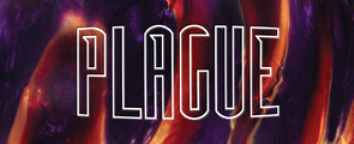
Take the Plague Quiz HERE
Would you survive the bubonic plague? Find out HERE
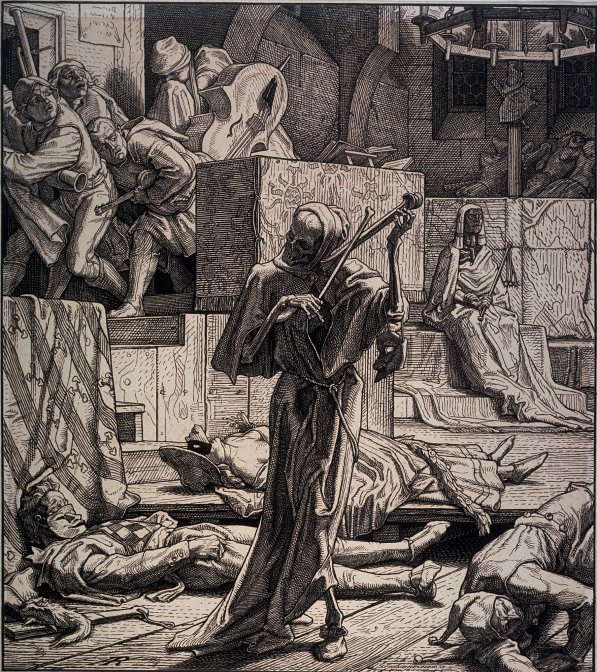
|